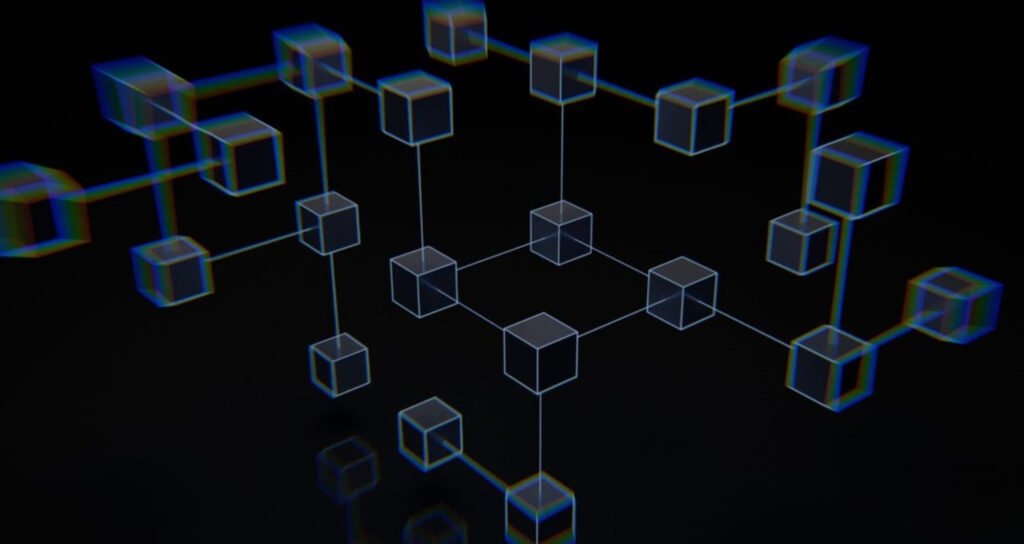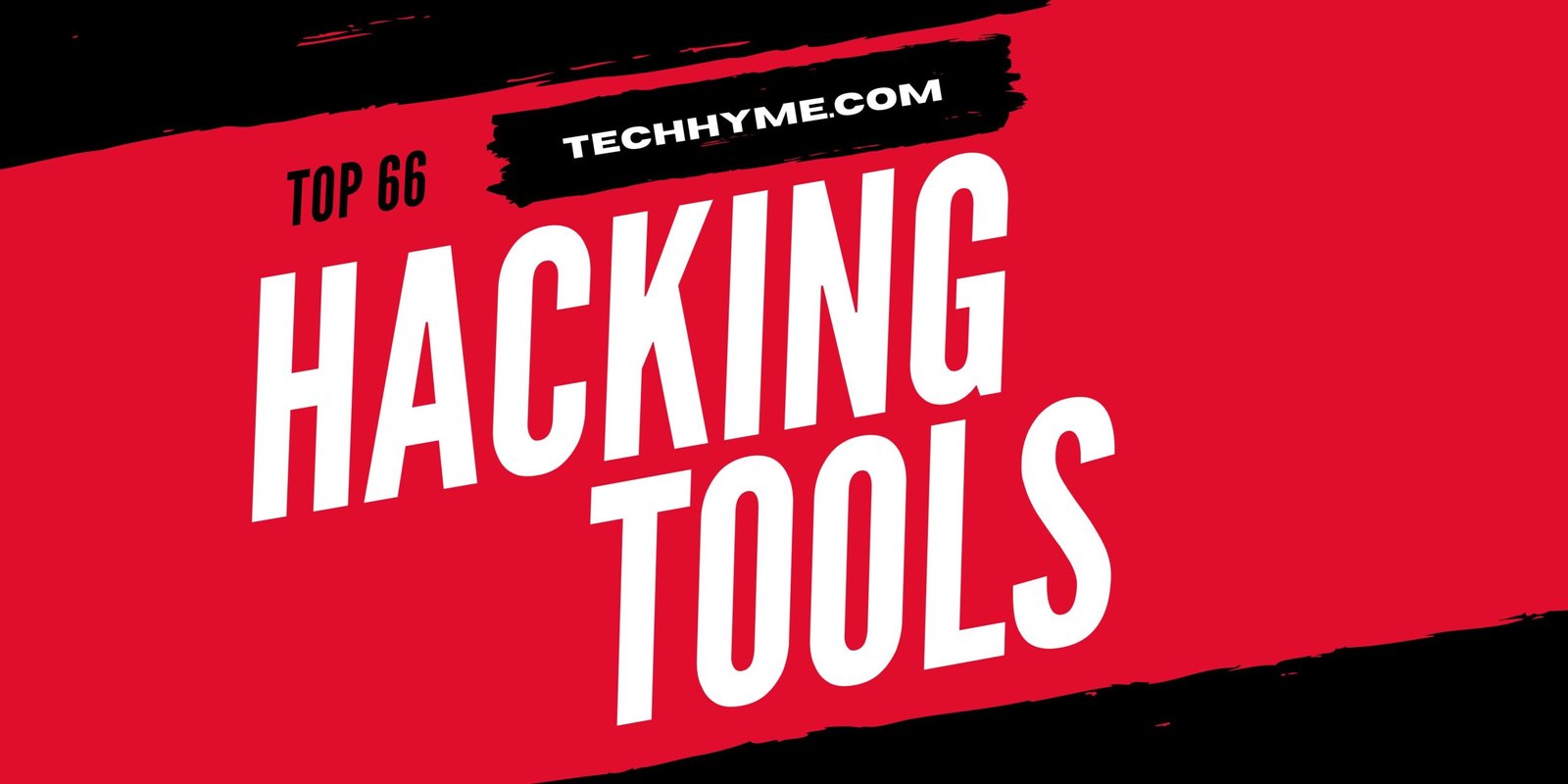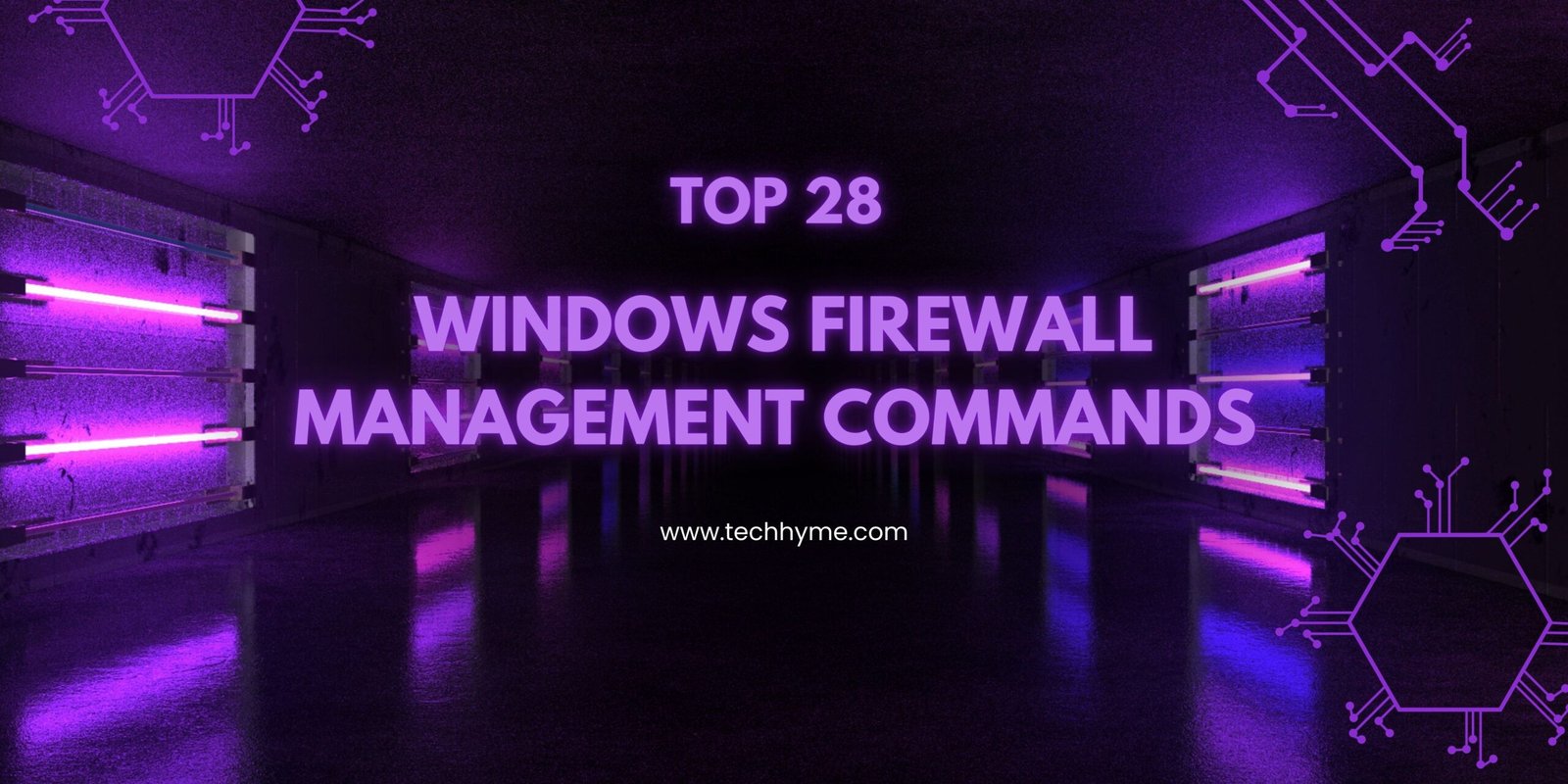
Blockchain technology has emerged as a transformative force that goes beyond the realm of cryptocurrencies. Its decentralized and immutable nature has paved the way for a plethora of innovative capabilities that challenge traditional systems and empower individuals and businesses alike.
In this article, we explore the diverse and revolutionary capabilities that blockchain enables, reshaping industries and redefining trust and value exchange.
- Rethinking Intermediaries
- Bundling Services
- Unbundling Services
- New Flows of Value
- Decentralized Governance
- New Legal Frameworks
- Running Smart Contracts on the Blockchain
- Sharing a Distributed Ledger
- Creating/Issuing Digital Assets
- Embedding Trust Rules inside Transactions and Interactions
- Time-stamping
- Implementing Digital Signatures
- Notarizing Data/Documents to Produce Proof
- Creating Records of a Business Process, Event, or Activity
- Verifying Authenticity of Data/Ownership/Documents/Assets
- Confirming Authenticity of Transactions
- Ensuring Contractual Conditions Are Undeniably Met
- Reconciling Accounts
- Finalizing Financial Settlements
- Embedding Digital Identity in Applications
- Providing Escrow or Custodial Services
- Enabling Smart Things to Transact Securely
1. Rethinking Intermediaries
Blockchain technology eliminates the need for centralized intermediaries in various processes. By enabling direct peer-to-peer interactions, blockchain streamlines transactions, reduces costs, and enhances efficiency. Middlemen, such as banks in financial transactions or title companies in real estate, are no longer essential, resulting in more direct and transparent value exchanges.
2. Bundling Services
Blockchain allows the bundling of various services into a single platform. This integration simplifies complex processes, fosters synergy, and creates comprehensive solutions that cater to multiple needs. Bundling services on the blockchain can lead to enhanced user experiences and optimized workflows.
3. Unbundling Services
On the other hand, blockchain also facilitates the unbundling of services, enabling more specialized and decentralized offerings. This gives users the freedom to pick and choose specific services tailored to their requirements, promoting a more personalized and efficient approach.
4. New Flows of Value
Blockchain introduces novel flows of value that transcend traditional financial transactions. Tokenization and the creation of digital assets enable the representation and exchange of value for various assets, including real estate, art, intellectual property, and more. This innovation opens up new investment opportunities and democratizes access to assets.
5. Decentralized Governance
Blockchain technology supports decentralized governance models, where decision-making power is distributed among participants. Decentralized autonomous organizations (DAOs) leverage smart contracts to execute predefined rules and make collective decisions, fostering a more democratic and inclusive approach to governance.
6. New Legal Frameworks
Blockchain’s immutable ledger and smart contracts offer the potential to create new legal frameworks. Self-executing contracts enable parties to automate and enforce agreements, while blockchain-based legal documents provide verifiable proof of ownership and authenticity, streamlining legal processes and reducing disputes.
7. Running Smart Contracts on the Blockchain
Smart contracts, self-executing code residing on the blockchain, automate predefined actions based on specific conditions. They eliminate the need for intermediaries and ensure transparent and tamper-resistant execution of agreements.
8. Sharing a Distributed Ledger
Blockchain’s distributed ledger allows multiple parties to share and access the same information simultaneously. This shared database enhances transparency, reduces data discrepancies, and fosters trust among participants.
9. Creating/Issuing Digital Assets
Blockchain technology enables the creation and issuance of digital assets in the form of tokens or cryptocurrencies. These assets can represent ownership, equity, rewards, or access rights, facilitating novel fundraising models and incentivizing user participation.
10. Embedding Trust Rules inside Transactions and Interactions
Trust rules can be encoded directly into blockchain transactions and interactions. This cryptographic verification ensures the validity of each operation and secures the entire process against unauthorized alterations.
11. Time-stamping
Blockchain’s decentralized consensus mechanism provides reliable and tamper-proof time-stamping capabilities. This ensures the chronological order of events, vital for applications requiring a verifiable historical record.
12. Implementing Digital Signatures
Digital signatures on the blockchain validate the authenticity and integrity of transactions or documents. These signatures enhance security and trust in digital interactions.
13. Notarizing Data/Documents to Produce Proof
Blockchain’s immutability allows for notarization of data and documents, creating verifiable proof of their existence and authenticity at specific points in time.
14. Creating Records of a Business Process, Event, or Activity
Blockchain serves as a transparent and immutable ledger, providing an auditable record of business processes, events, or activities. This feature enhances accountability and enables efficient audits.
15. Verifying Authenticity of Data/Ownership/Documents/Assets
Blockchain’s transparency and immutability facilitate easy verification of the authenticity and ownership of various assets and documents, eliminating the need for manual verification processes.
16. Confirming Authenticity of Transactions
Blockchain’s consensus mechanism ensures that all transactions are validated and confirmed by the network, enhancing security and preventing double-spending.
17. Ensuring Contractual Conditions Are Undeniably Met
Smart contracts on the blockchain automatically enforce contractual conditions, ensuring compliance without the need for intermediaries or costly legal procedures.
18. Reconciling Accounts
Blockchain’s transparent and real-time updates enable efficient and automatic reconciliation of accounts, reducing discrepancies and errors.
19. Finalizing Financial Settlements
Blockchain’s ability to handle cross-border transactions and instantaneous settlements reduces the time and costs associated with traditional financial settlements.
20. Embedding Digital Identity in Applications
Blockchain can serve as a secure and decentralized repository for digital identities, providing individuals with control over their personal data and facilitating seamless identity verification.
21. Providing Escrow or Custodial Services
Smart contracts on the blockchain can act as escrow or custodial services, holding funds or assets until specific conditions are met, ensuring trust and security in transactions.
22. Enabling Smart Things to Transact Securely
Blockchain’s secure and decentralized nature allows smart devices and IoT devices to conduct secure and autonomous transactions, promoting the growth of the Internet of Things.
Conclusion
The capabilities of blockchain technology are vast and revolutionary, offering opportunities to reshape industries and redefine conventional processes. From rethinking intermediaries and enabling decentralized governance to facilitating secure digital transactions and embedding trust in interactions, blockchain’s potential knows no bounds.
As this transformative technology continues to evolve, its impact on society, business, and governance will be increasingly profound, paving the way for a decentralized and transparent future.









This Post Has One Comment